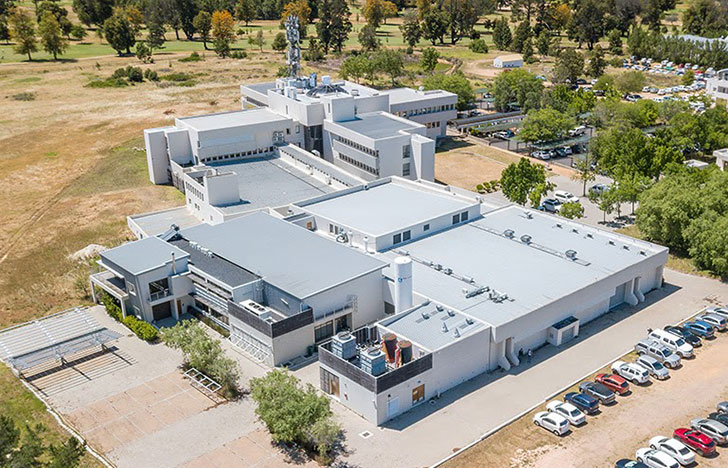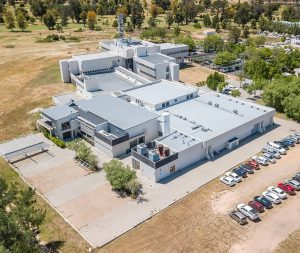

2019 was a tough year for the South African space industry. Two of the leading space companies – Denel Spaceteq and Space Advisory Company (subsidiary of Space Commercial Services) – were both in financial trouble. Over the course of the year some employees of both companies left the space industry and at the end of 2019 Space Advisory Company retrenched most of its satellite engineering staff.
Group of Former Space Advisory Company Employees Convinces International Investors
This could well have spelled the end of this strategic national capability. However, a group of former Space Advisory Company employees were able to convince international investors of the strong space heritage and capability that exists in South Africa. The investors bought into the dream that South Africa could be competitive on the international market using the innovative ideas, skills, technology and facilities that have been developed locally over close to 40 years.
Space Advisory Company’s engineering team and equipment was transferred into Southern Space, which is now rebranding as Dragonfly Aerospace. The company says it has attracted some of the most experienced engineers and managers from the previous leaders of the local industry and made their home in a manufacturing facility at the top Techno Park, Stellenbosch, where South African space ambitions started.
What will Dragonfly Aerospace Manufacturing Facility look like?
Dragonfly Aerospace is now investing in this 3 000 m² design and manufacturing facility with 1 000 m² of cleanroom areas for small satellite constellation production. The facility consists of satellite and imager assembly cleanrooms, development and environmental test labs and office areas. The satellite assembly cleanrooms are ISO 8 controlled, while the imager assembly cleanrooms are ISO 7 controlled and ISO 6 flow cabinets are used for imager focal plane assemblies, according to Dragonfly Aerospace.
Dragonfly Aerospace plans to produce up to 48 satellites per year with a production line building up to 16 satellites in parallel. The facility is designed to build satellites from 50 kg to 600 kg and electro-optical imagers for CubeSats through to sub-metre imagers for microsatellites. It is intended to serve commercial and civil space customers.
25-year Heritage of Microsatellite Production
Dragonfly Aerospace said their products are based on a 25-year heritage of components and design approach dating back to the first South African microsatellite (SUNSAT) launched in 1999. SUNSAT was developed completely by South African engineers and almost all components were designed and built in South Africa.
Members of the Dragonfly Aerospace team have been in key roles on all six heritage microsatellites built and launched with local and international customers during this 25-year period. The heritage microsatellites range in mass from 64 kg for SUNSAT to over 400 kg. The microsatellites have primarily been electro-optical imaging satellites ranging from 12 m resolution on SUNSAT to sub-meter resolution on more recent satellites. SUNSAT has subsequently been recognised to have taken the best high-resolution images by any microsatellite at the start of the 21st century.
nSight-1 CubeSat – the First South African Commercially Developed Satellite
The nSight-1 CubeSat, built by members of the Dragonfly Aerospace team, was the first privately funded and commercially developed South African satellite and was launched in 2017. nSight-1 was developed as a technology demonstrator for the now highly successful Gecko imager and formed part of the QB50 constellation of the European Union. nSight-1 was launched from the International Space Station and was operational in space for almost three years, outliving all other QB50 satellites launched from the ISS. The last images from the satellite were downloaded just days before it re-entered and burnt up in the upper atmosphere.
